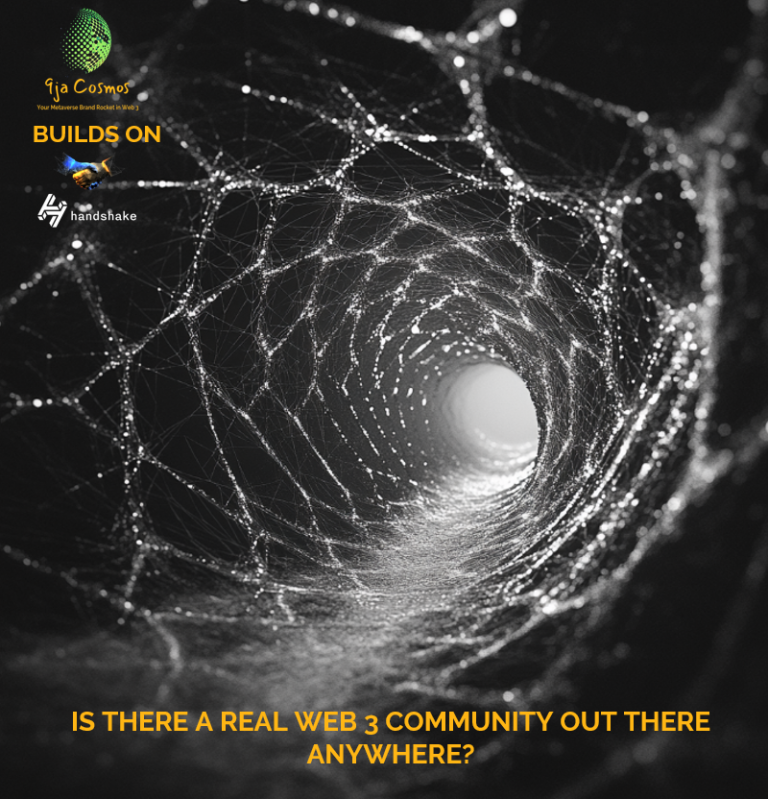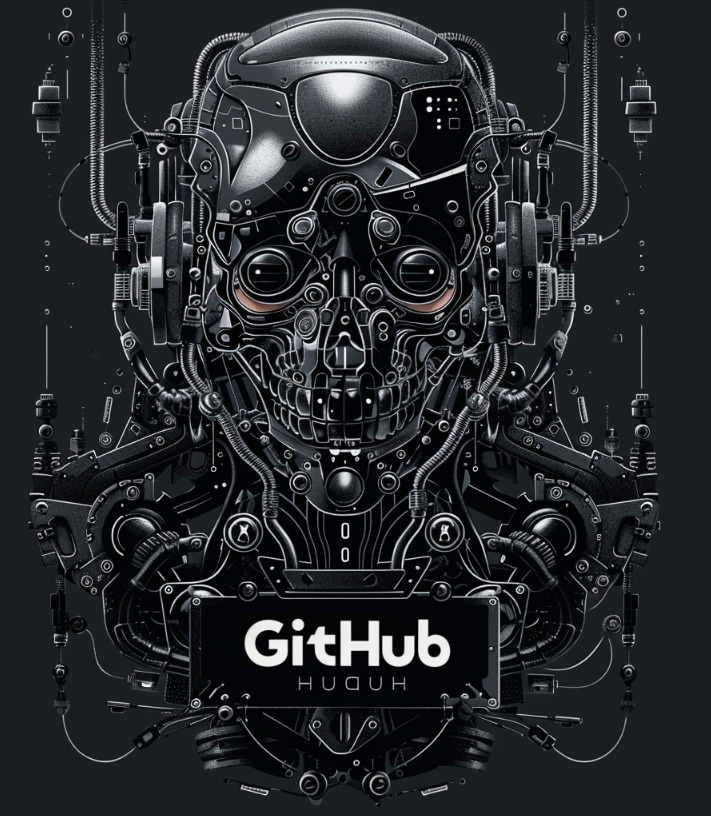
Where really is your ‘Community’ in Web 3?
Some days ago I was responding to a post by Osueke Henry . He was questioning the power of incentives to ‘Community’ and suggested it was a Mirage. Following up on the same theme, he commented : It’s time to build communities … where people come to contribute, not just consume… where ideas are the currency, and growth is the reward.’
I’m not sure the open market end of Web 3 has even consumers in the normal sense. I’m also not sure the environment can be classed as Web 3. The customer at the retail end off ‘cryptographic architectures’ seems to be somewhere between a reseller and a gambler.
Register for Tekedia Mini-MBA edition 19 (Feb 9 – May 2, 2026): big discounts for early bird.
Tekedia AI in Business Masterclass opens registrations.
Join Tekedia Capital Syndicate and co-invest in great global startups.
Register for Tekedia AI Lab: From Technical Design to Deployment (next edition begins Jan 24 2026).
When we look at human behaviour, the concept of ‘collecting things’ is ingrained deep in our psyche.
People have over time, built huge collections of all sorts of things. From when I was a tiny little boy up to now, I have seen people collect things that were predictable, to some things that were very strange.
Birds eggs, birds feathers, beer caps, beer mats, coins, postage stamps, cards of footballers, baseball cards, different sports people. Autographed sports gear, music works of entertainers, pokemon cards..
While there was the vague notion that some rare specimen may become valuable because of the gulf between demand and scarcity, people generally created these pastimes as human bridges and in this, formed a community.
Where indulgences are concerned, people sometimes express themselves through property whose value is subjective.
The more ‘things’ they own, the more the concept of individual expression through ‘things’ gets diluted. You may have hundreds of pairs of shoes, but that VIP party you get to go to? You only have two feet with you there!
It doesn’t matter how many iconic cars you own. If you roll down Akin Adesola in VI on a Sunday, you can only drive one.

Not everyone has that type of personality where visible extensions of themselves are important to their sense of portrayal.
Even if they have, thousands of lifetimes are necessary to illustrate all the angles of ‘me’ collectibles in Web3 make possible.
The concepts of ‘Repeat Business’ and ‘Customer Continuity’ are unattainable. Nobody is building with that core to their model.
So what model are they building to? Well, this is where the whole concept of ‘community’ as web 3 marketing have it, are totally out of sync.
But to understand the development of this ‘fake’ web 3 community environment, we have to go back to the origin of cryptocurrency.

With the explosion of ‘ERC 20’ tokens drowning out REAL cryptocurrency coins coming from REAL blockchains that were mined, exchanges started to become under regulatory attack, and gamblers (cough) ‘investors’ began to dump almost instantaneously as they bought.
The day of the $hitcoin had dawned.
So, the ‘Casino’ and ‘Bookie’ end of the spectrum, who couldn’t just randomly pump silly ERC 20 tokens anymore had to come up with a new plan.
So here it was, invent all this low quality, 10,000 run computerized excuses for art, and use cheap tokenizing off cryptographic architectures that aren’t ‘proper blockchains’
These weren’t ‘cryptocurrencies’ and so could evade the interests of established ‘financial services’ state machinery.
The new number for all ERC protocols is now homogenized in ERC 419. A little later, someone resurrected the ‘Yahoo Boy’ off Solana
Airdrops abounded to create fever pitch.

Purchasers’ behaviour had positive curiosity in the early days of Cryptopunks, but post ‘Bored Ape’, the pace of dumping frenzy began to match that of the ERC 20 phenomenon. By the time of ‘Pudgy Penguin’ things are beyond a joke.
There is no ‘community’ here, or no ‘collecting’ going on in the normal sense of the word.
Where in the world can you profit from ‘consumption’ behaviour?
Product community DOES NOT EXIST. Not even in mainstream social media activity. Just transients jumping from one brief echo chamber to another.
Go to any event about ‘Web 3’ and find someone who has sole enthusiasm with tunnel focus about just one specific Web3 product as Michael Saylor is about Bitcoin.
An individual not involved in building the product or owning the project, but an ambassador everywhere they go.
Someone who has branded their Persona with this one specific Web 3 product as a die hard football fan does with their team.
This person does not exist.
And if a collection of such people can’t exist, then no ‘Web 3 product Community’ exists.
So called (post product launch) community is invisible in open spaces. Only fake echo chambers exist.
Where then, do you build your community? If ‘Repeat Business’ and ‘Customer Continuity’ are unattainable, why on earth would you build it among flippers (cough) users?
Nobody needs a bot driven ramp that can’t last the life of a candle.
Corrales Cachola describes it a bit differently – ‘web3 communities have it backward — they build a finished product first (i.e., an NFT) and then use the community to hype the product to force it on the market’
We believe you build community pre-product, not post product, and make community integral to ‘growth and innovation’.
At 9ja Cosmos we have a small community active on Handshake and GitHub is where innovation has roots.
REAL (pre-product) community managers don’t seem to exist though

At 9ja Cosmos , we are not interested in creating airdrop incentives for flippers. We are more interested in building quality, improving the decentralization component, and creating ‘uncommonness’, while adding innovation.
Some think we have no interest in ‘Community’. This is not true. But we want to see a new type of ‘Community’ emerging. A pre-product/pre-market community.
Only those who feel they were part of the evolution will feel personally invested in the outcome.



